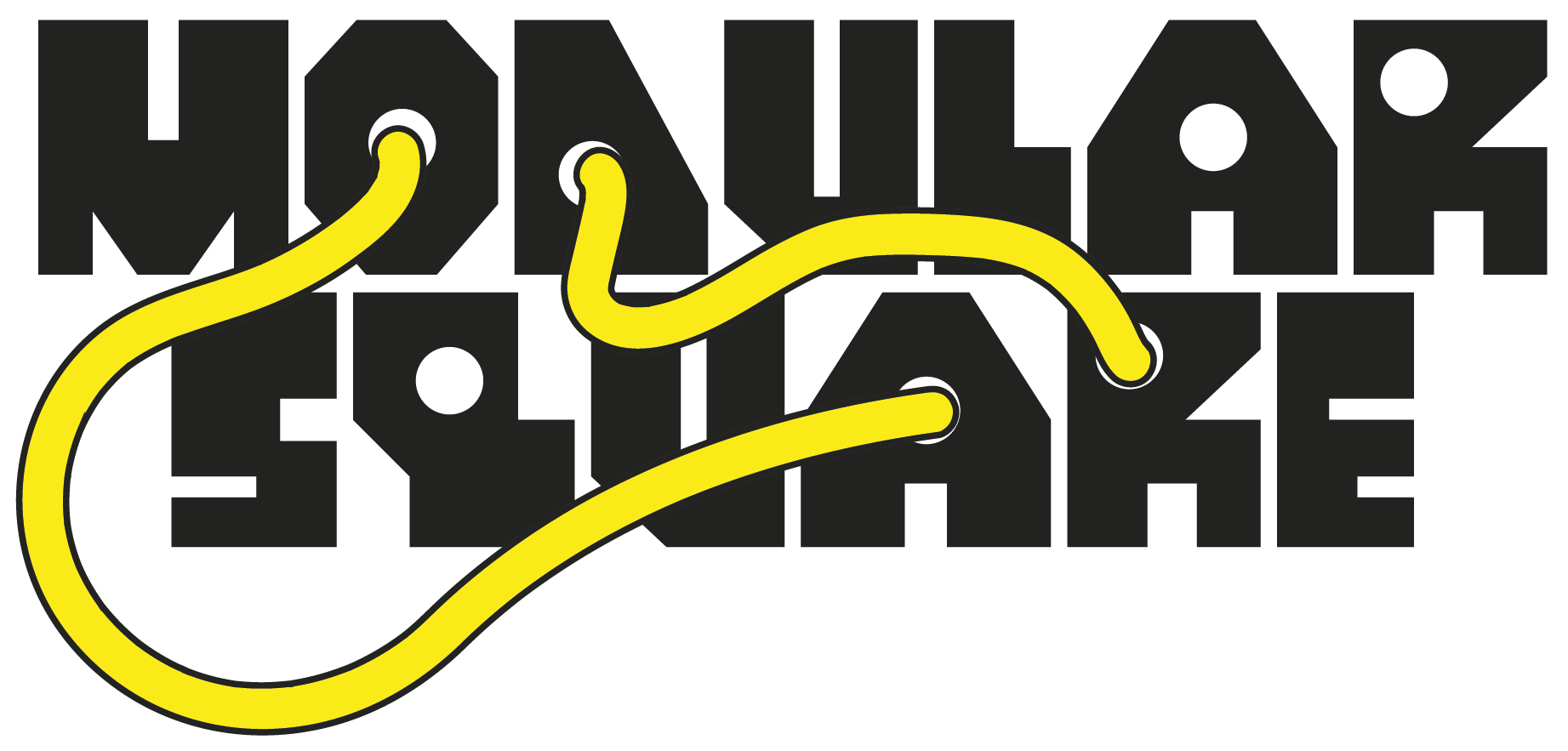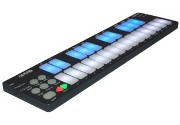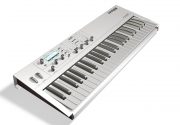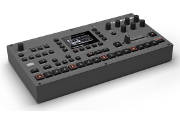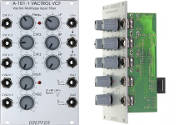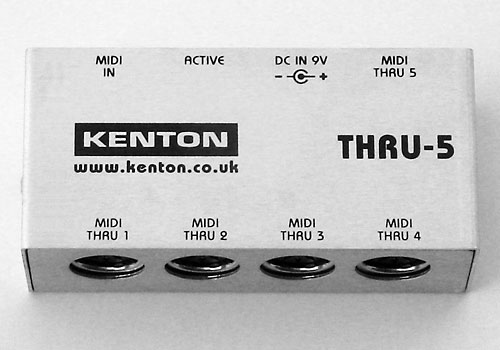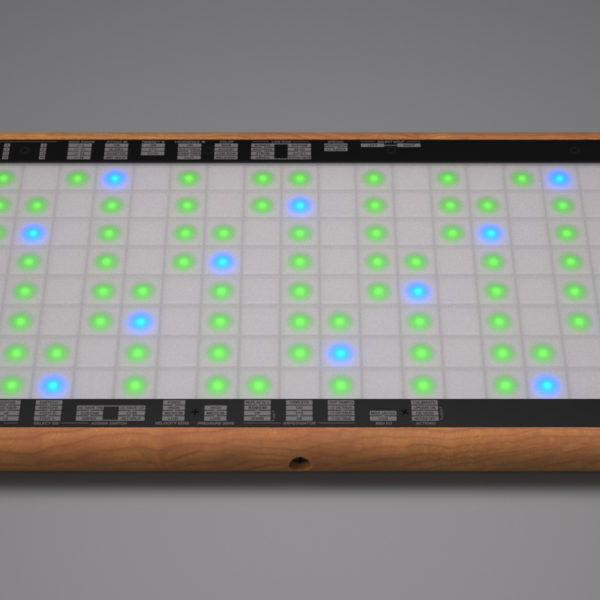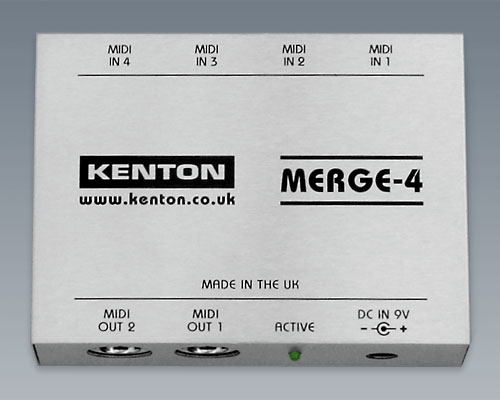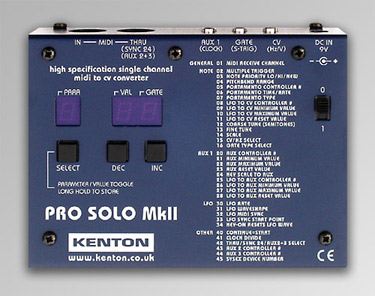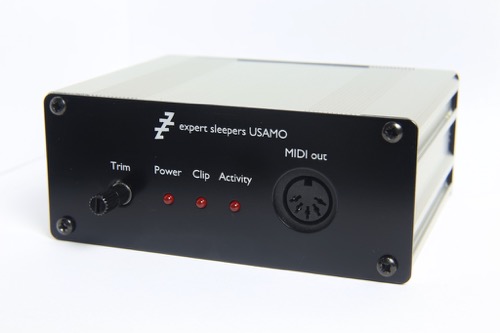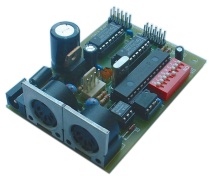As many customers have been asking for a basspedal with 25 keys Doepfer decided to develop an electronic kit that can be used to connect two basspedals with 13 keys each (PD/3) to obtain a 25 key basspedal in a very economic way. Of course MBP25 can be used also in combination with one PD/3 only. The above picture shows one possibility how two PD/3 pedals can be combined to a 25 key pedal and built into a black varnished wooden case (the case is not available from us).
Doepfer offer a DIY/OEM version for a 25 key basspedal (without case). It is made of two 13 keys pedals PD/3 and the MBP25 electronics. One of the two pedals has to be shortended by one key as one of the “C” keys is redundant. Fortunately the PD/3 pedals use a plastic frame and can be shortened with passable effort. In the user’s manual the shortening and wiring of the two bass pedals is described. A bit mechanical skills and suitable tools are required (soldering iron, saw, screwdriver). Both pedals have to be mounted on a common base plate and a suitable case (e.g. made of varnished wood – as shown above) can be added. The base plate and the case are not included and have to be added by the customer. These parts are not available from us.
The MBP25 electronic kit is already prepared to connect a third pedal with up to 8 keys so that even bass pedals with up to 33 keys are possible. In this case the upper “C” of two pedals has to be removed. The following technical document describes how to wire the third bass pedal: MBP25_three_pedals.pdf.
These are the features of the MBP25:
three versions available:
- elektronic kit only
- elektronic kit with one 13-key bass pedal Fatar PD/3 and connection cable
- elektronic kit with two 13-key bass pedals Fatar PD/3 and connection cables
Since 2015 MBP25 is equipped with another type of momentary buttons as the so far used buttons are no longer available (see above pictures). The electronics is delivered witout attached caps. The caps are enclosed unattached.
- 3-digit LED display (about 19 x 38 mm) for parameter display
- two connectors for basspedals (compatible to Fatar PD/3)
- fully polyphonic
- Midi In, Midi Out (connected via 30 cm long cables to enable the mounting of the sockets at the desired position)
- The data appearing at the Midi in are merged to the data generated by the MBP25. Consequently the MBP25 can be connected to a Midi keyboard to add the basspedal data to the keyboard data.
- power supply socket on board, in addition a 2-pin connector is available to connect another power supply socket near the Midi sockets
- a 3-pin connector is available to connect a rotary or fader potentiometer that transmits Midi volume, even a foot controller (e.g. FP5) can be connected.
The 6 buttons are used to control these parameters:
- Midi channel: the up/down buttons are used to adjust the midi channel in the range 1…16
- Transpose: the up/down buttons are used to adjust the transposition in octave intervals, the display shows the midi note number that is assigned to the lowest key (“C”), these values are possible: 0, 12, 24, 36, 48, 60.
- Program change: in this mode the up/down buttons are used to transmit midi program change messages while the keys of the bass pedal can be used to play in the usual way (i.e. transmitting midi note messages) – in contrast to the program change mode described below (see 4)
- Operating mode:
Note mode: this is the usual play mode. The bass pedal keys are used to transmit Midi note on/off message on the Midi channel adjusted in menu 1 and the transposition adjusted in menu 2. The velocity value can be adjusted by the customer in a special configuration mode.
Program change mode: in this mode the bass pedal keys are used to transmit Midi program change messages, the first 10 keys (“C” to “A”) correspond to the numbers 0 to 9 like a pocket calculator, the selected number is shown in the display. The “Bb” key has delete function (i.e. set to zero) and the “B” key transmits the currently displayed program change number (enter function)
Realtime mode: in this mode the keys “C”, “D” and “E” are used to transmit the midi messages start, continue and stop, the other keys have normal function (i.e. they transmit midi note messages). - Down: decrement of the value shown in the display
- Up: increment of the value shown in the display
- MBP25 has a non-volatile memory for the parameters Midi channel, transpose and program number. After the next power on the previous values are called up.
- An external power supply (7-15VDC@min. 100 mA) is used. Within Europe the wall outlet power supply adapter for 230V mains voltage and European type mains plug is included with the MBP25. In other countries the power supply has to be purchased by the user in his country. If there is a Doepfer representative in your country. Please ask us the representative if the power supply is included in your country.
Physical spec.:
- Dimensions of the pc board: about 82 mm (length) x 73 (width) x 25 mm (height)
- Dimension of one bass pedal: about 530 mm (length) x 380 mm (depth) x 95 mm (height)
- Dimension of two bass pedals: about 980 mm (length) x 380 mm (depth) x 95 mm (height)
The user’s guide is available as pdf file on the Doepfer web site: MBP25_manual.pdf
